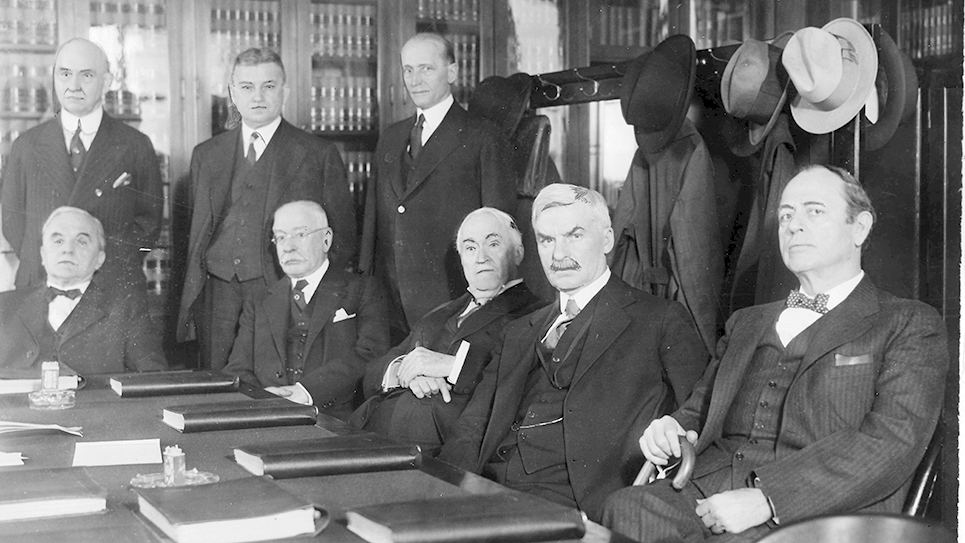By Rosie Moore
November is our middle child in the family of months during the year. The ghosts, witches, and goblins are nestled away in their coven of October, which lends room to the dreary, cold days that accompany us on the way to brighter days in the near future. But wait! November isn’t as dreary as we assume. Although the autumn leaves with their riotous colors have fallen there still is some greenery from the coniferous trees and pansies abide in some gardens so that we have some color to remind us of the passing summer days.
Towards the end of this month we have a day when all is forgiven and we give thanks that November has come around again. We forget about being teased by warm weather and shivering in the fickle cold. Our day of thanks reminds us that there is a lot to be thankful for. But, sometimes I think November is a sad month, full of idiosyncrasies on the one hand but full of blustery winds on the other hand. It brings to my mind the sadness of a beloved English poet, John Keats, who wrote these words in his poem, To Autumn.
Season of mists and mellow fruitfulness,
Close bosom-friend of the maturing sun;
Conspiring with him how to load and bless
With fruit the vines that round the thatch-eaves run.
Mr. Keats lived a somewhat sad life. Born in London, in 1795 he lost his father at age eight after a riding accident, then his mother succumbed to tuberculosis when he was fourteen. He began medical training but never practiced medicine, turning instead to writing poetry. Later, he was, like his brother Tom and his mother, fatally stricken with tuberculosis. He sailed to Italy in the hope of recovering, but died in Rome at the age of 26. He is one of the best-loved and most quoted of all English poets.
Just remember, a bright spot can be found in November.
Send comments to: rosemerrie@att.net. Thank you.






